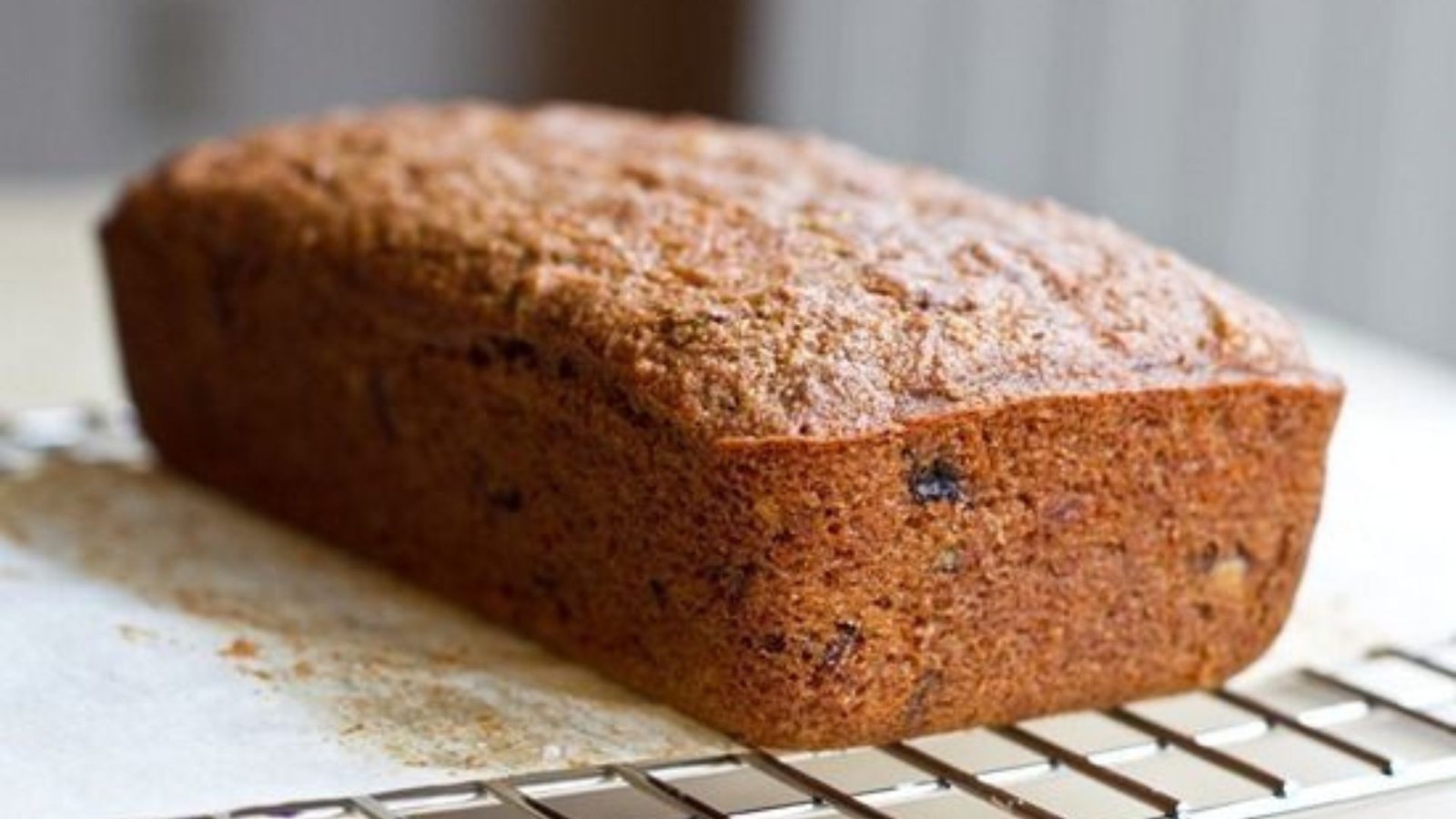Whole wheat flour is often considered the healthier alternative to all-purpose flour, as it retains the bran, germ, and endosperm of the wheat kernel. This makes it rich in fiber, vitamins, and minerals, offering a more nutritious option for baking. However, while whole wheat flour adds a nutty, hearty flavor and boosts the nutritional value of baked goods, it can sometimes lead to denser, drier results compared to the lighter texture of baked goods made with white flour.
If you’re looking to incorporate whole wheat flour into your baking, whether for bread, muffins, cookies, or cakes, there are some key tips and techniques to ensure your treats come out light, tender, and delicious. Here’s how to bake successfully with whole wheat flour, without compromising on taste or texture.

Start with a Blend of Whole Wheat and All-Purpose Flour
Why This Works:
Whole wheat flour can be heavier and denser than all-purpose flour, which can affect the texture of your baked goods. To make the transition easier and still achieve a lighter texture, consider using a blend of whole wheat flour and all-purpose flour.
How to Do It:
- Start with a 50/50 blend: If you’re new to baking with whole wheat flour, try substituting half of the all-purpose flour in your recipe with whole wheat flour. This way, you can enjoy the health benefits of whole wheat while maintaining a more familiar texture.
- Gradually increase the ratio: As you get more comfortable, you can increase the amount of whole wheat flour in the recipe. Many experienced bakers use up to 75% whole wheat flour in their recipes, but it’s always a good idea to test different ratios to see what works best for each type of baked good.
Increase the Hydration (Add More Liquid)
Why This Works:
Whole wheat flour absorbs more liquid than all-purpose flour because of its higher fiber content. This can lead to a drier dough or batter if you don’t adjust the liquid quantities.
How to Do It:
- Add 2-3 tablespoons extra liquid for every cup of whole wheat flour in the recipe. This could be water, milk, or even an extra egg, depending on the recipe.
- Use yogurt or buttermilk: These ingredients can help add moisture while enhancing the flavor and texture of your baked goods.
Use Vital Wheat Gluten for Extra Lift
Why This Works:
Whole wheat flour has less gluten-forming protein than white flour, so it may not rise as well in recipes that require a light, airy texture, like bread or pizza dough. Vital wheat gluten is a concentrated form of gluten protein and can help improve the structure and rise of whole wheat-based baked goods.
How to Do It:
- Add 1 teaspoon of vital wheat gluten for every cup of whole wheat flour in bread or pizza dough recipes. This addition will help your dough rise better and result in a softer, fluffier final product.
- Use in yeast-based recipes: This is especially useful for recipes like whole wheat bread, rolls, and pizza crust, where a soft, chewy texture is desired.
Let the Dough or Batter Rest
Why This Works:
Whole wheat flour’s bran (the outer layer of the wheat kernel) can cut through the dough and interfere with gluten formation, which might result in denser baked goods. Allowing the dough or batter to rest gives the bran time to absorb some of the liquid, making the dough more pliable and easier to handle.
How to Do It:
- Rest your dough: If you’re making bread or pizza dough, let it rest for at least 30 minutes before shaping it. This resting period helps hydrate the flour and improves the texture.
- Rest batter for cakes or muffins: Let the batter sit for 15-20 minutes before baking to allow the bran to soften and absorb the liquid, resulting in a lighter texture.
Conclusion
Baking with whole wheat flour is a wonderful way to boost the nutritional value of your favorite baked goods while adding a hearty, nutty flavor. By following these tips—such as using a flour blend, increasing the liquid, and adding vital wheat gluten—you can achieve lighter, fluffier results without sacrificing the benefits of whole grains. Whether you’re baking bread, muffins, cakes, or cookies, whole wheat flour can be a versatile ingredient that adds both flavor and health benefits to your kitchen creations. Happy baking!




